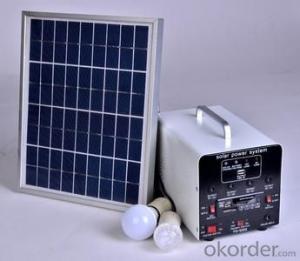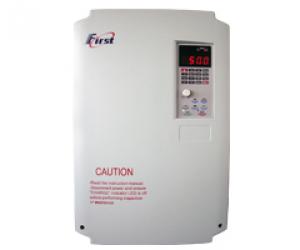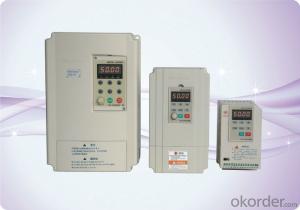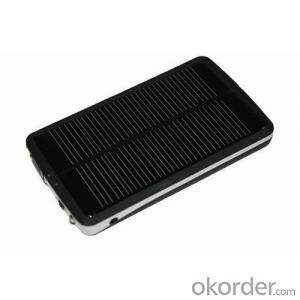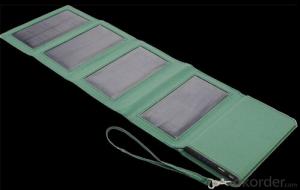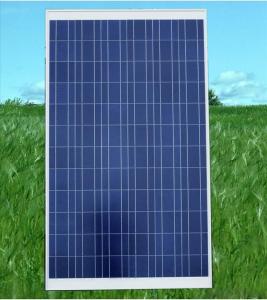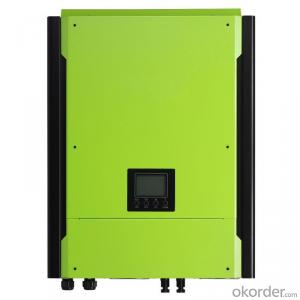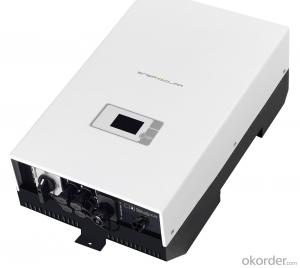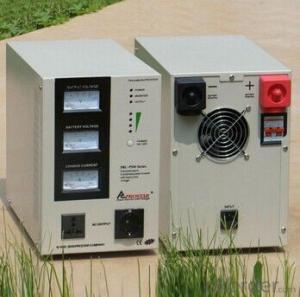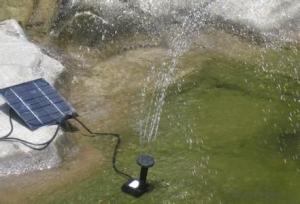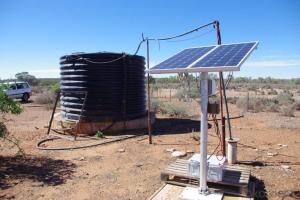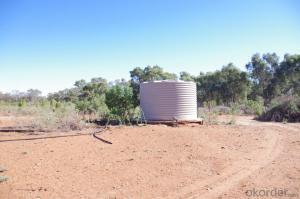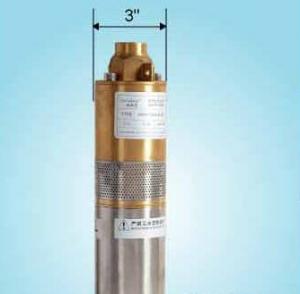Best Inverter For Solar Pv
Best Inverter For Solar Pv Related Searches
Best Solar Pv Inverter Solar Pv Inverter Pv Solar Inverter Best Inverter For Solar Best Solar Power Inverter Solar Pv Inverter Prices Pv Powered Solar Inverter Best Inverter Solar Best Solar Inverter Solar Pv Inverter Price Best Inverter For Solar System The Best Solar Inverter Best Inverter For Solar Panels Best Solar Panel Inverter Solar Pv Inverter Types Best Solar Battery Inverter Best Solar Inverter For Rv Best Solar Pump Inverter Best Rv Solar Inverter Solar Best Inverter Best Solar Inverter For Home Solar Inverter Best Best Solar Inverter Generator Which Solar Inverter Is Best Best Inverter Solar Panel Best Inverter Solar System Best Home Solar Inverter Best 12v Solar Inverter Best Mppt Solar Inverter Solar Pv Inverter LocationBest Inverter For Solar Pv Supplier & Manufacturer from China
Best Inverter For Solar Pv is a high-quality product designed to optimize the performance of solar photovoltaic systems. This advanced inverter efficiently converts the direct current (DC) generated by solar panels into alternating current (AC), which can be used by electrical appliances or fed back into the power grid. The product is engineered to deliver reliable power and maximize energy output, making it an essential component for solar PV installations.The Best Inverter For Solar Pv is widely used in various applications, including residential, commercial, and industrial settings. It is particularly beneficial for homeowners and businesses looking to reduce their reliance on traditional energy sources and lower their electricity bills. By harnessing the power of the sun, these inverters play a crucial role in promoting clean and sustainable energy solutions. They are also suitable for off-grid systems, ensuring a continuous supply of electricity in remote areas or during power outages.
Okorder.com is a leading wholesale supplier of the Best Inverter For Solar Pv, boasting a large inventory to cater to the diverse needs of customers worldwide. With a commitment to providing top-notch products and services, Okorder.com ensures that customers receive the highest quality inverters at competitive prices. By partnering with reputable manufacturers, Okorder.com guarantees the performance and durability of the Best Inverter For Solar Pv, making it a smart choice for anyone looking to invest in solar energy solutions.
Hot Products








